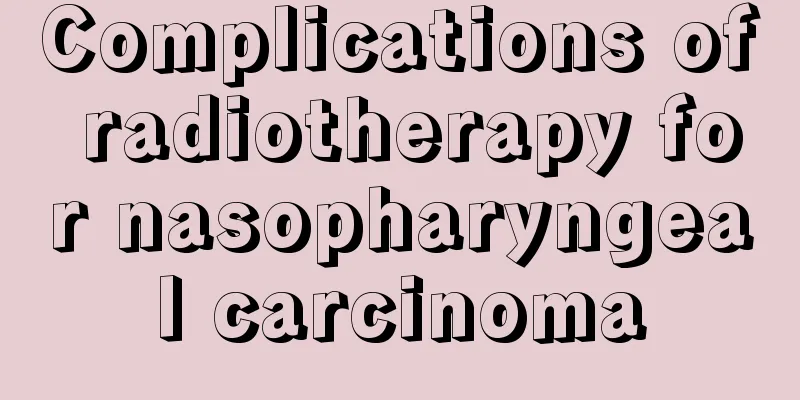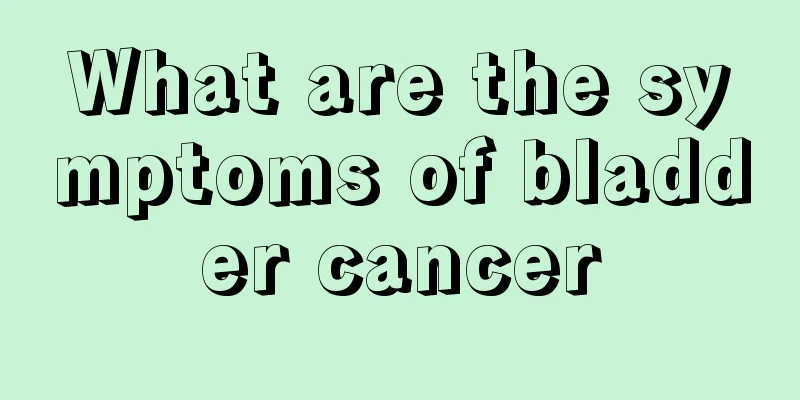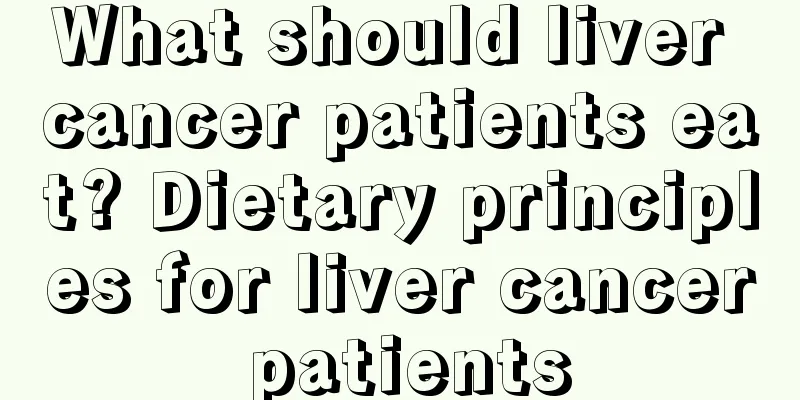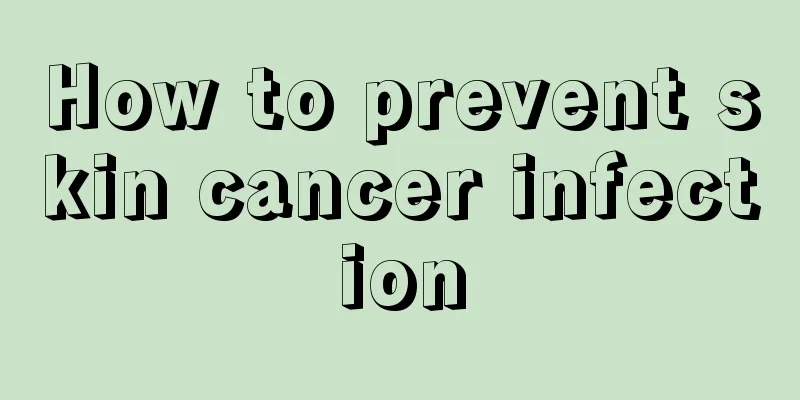Complications of radiotherapy for nasopharyngeal carcinoma

|
What are the complications of radiotherapy for nasopharyngeal carcinoma? Most nasopharyngeal carcinomas are poorly differentiated adenocarcinomas, which are sensitive to radiation. Therefore, the current treatment of nasopharyngeal carcinoma is mainly radiotherapy. However, the complications after radiotherapy for nasopharyngeal carcinoma cannot be ignored by patients and their families. If the complications after radiotherapy for nasopharyngeal carcinoma are not handled and resolved in time, it will definitely affect the patient's treatment effect, and in severe cases it will cause other complications that endanger the patient's life. Common complications after radiotherapy for nasopharyngeal carcinoma 1. Systemic adverse reactions: Due to the intake of radiation, the human body will have systemic abnormal reactions, such as fatigue, dizziness, poor appetite, nausea, vomiting, insomnia or drowsiness. For most patients, the blood picture or liver and kidney function will not be significantly affected. For some sensitive people, it will also cause a decrease in white blood cells and platelets. For patients with poor liver function or positive hepatitis A antigen (HAA) or cirrhosis, it will cause liver damage and special attention should be paid. 2. Acute radiation reaction of parotid gland: Within the first 1-2 days after the start of radiation, the patient will complain of swelling and pain in the parotid area on the irradiated side. This is due to acute congestion of the parotid tissue caused by radiation. The swelling generally does not require treatment and will subside on its own after 3-4 irradiations. 3. Skin radiation reaction: The skin in the irradiation field of nasopharyngeal carcinoma will cause a series of skin reactions after being exposed to radiation. The initial symptoms are skin erythema and pigmentation, followed by hair loss, dry peeling, and in a few patients, blisters will form, which will fuse into large areas of moist dermatitis and superficial ulcers. The severity of the skin reaction is related to the quality and dose of the radiation. High-energy radiation can relatively reduce skin reactions, but individual differences are also very important factors. Different patients may have completely different skin reactions under the same conditions and the same dose. 4. Mucosal reaction: Mucosal reaction refers to the increased congestion, edema, and exudation of the oral, oropharyngeal, nasopharyngeal, nasal, and paranasal sinus mucosa after a certain period of irradiation. In severe cases, punctate or flaky white film may appear, with symptoms such as pain, difficulty eating, nasal congestion, and increased viscous secretions. Almost every patient has these mucosal reactions, but the severity varies. 5. Wet reaction in the external auditory canal or otitis media: When the external auditory canal is exposed to radiation doses of about 50 GY, the ear canal mucosa may react wetly or the middle ear may accumulate fluid or the ear canal membrane may be pierced to form pus. Early prevention should be adopted, such as the use of antibacterial ear drops, and early administration of needle drops when there is fluid accumulation in the ear canal to prevent excessive accumulation of fluid from causing tympanic membrane rupture. When there is repeated middle ear effusion, a plastic tube can be placed for drainage. 6. Radioactive facial and neck edema: This is due to poor lymphatic drainage of the face and neck tissues after irradiation, edema and occlusion of deep capillaries, and obstruction of microcirculation, which causes facial and submandibular edema. Generally, no special treatment is required for edema of the neck, which can disappear on its own 4-6 months after radiation. If the edema is severe and induces infection, and causes acute cellulitis, it should be actively treated, preferably with high-dose intravenous antibiotics. In severe cases, anti-edema drugs, hormone mouth and leg cleansers, and symptomatic treatment should be given at the same time. |
<<: What are the early symptoms of nasopharyngeal carcinoma
>>: Nursing rounds for metastasis of nasopharyngeal carcinoma after radiotherapy and chemotherapy
Recommend
What stage of lung cancer is pulmonary edema?
Pulmonary effusion is pleural effusion, which is ...
What should I do if I have blood in my urine due to kidney stones?
Kidney stones are stones that appear in the kidne...
The most effective medicine for treating osteosarcoma
Osteosarcoma requires early and active treatment....
What are the examination and diagnosis methods for lung cancer? 5 things to know about the examination and diagnosis methods for lung cancer
What are the diagnostic methods for lung cancer? ...
Clinical manifestations of schizophrenia
I believe that many people have heard of cases of...
How to prevent liver cancer and reduce the probability of disease. 6 nutrients can effectively fight liver cancer
Seeing more and more people suffering from fatty ...
Will there be any sequelae after fainting due to fever
Fever may seem like a minor problem, but it can a...
Is farting a sign of expelling moisture?
In real life, dampness in the body is a common di...
Can I get pregnant a few days after my period?
Many young people have sex during their menstrual...
Late stage endometrial cancer is contagious
Endometrial cancer is one of the common gynecolog...
Fat particles on the back
It is a very common phenomenon to have fat partic...
What are the symptoms of late-stage prostate cancer before death? You should know these three signs
Clinically, of course, prostate cancer is not a m...
What to eat to prevent brain cancer
To prevent brain cancer, you can eat more foods w...
What is adult enuresis? Four reasons to tell you
Adult enuresis is adult bedwetting, and there are...
Complications of clubfoot surgery
Clubfoot is actually a congenital disease. Genera...









